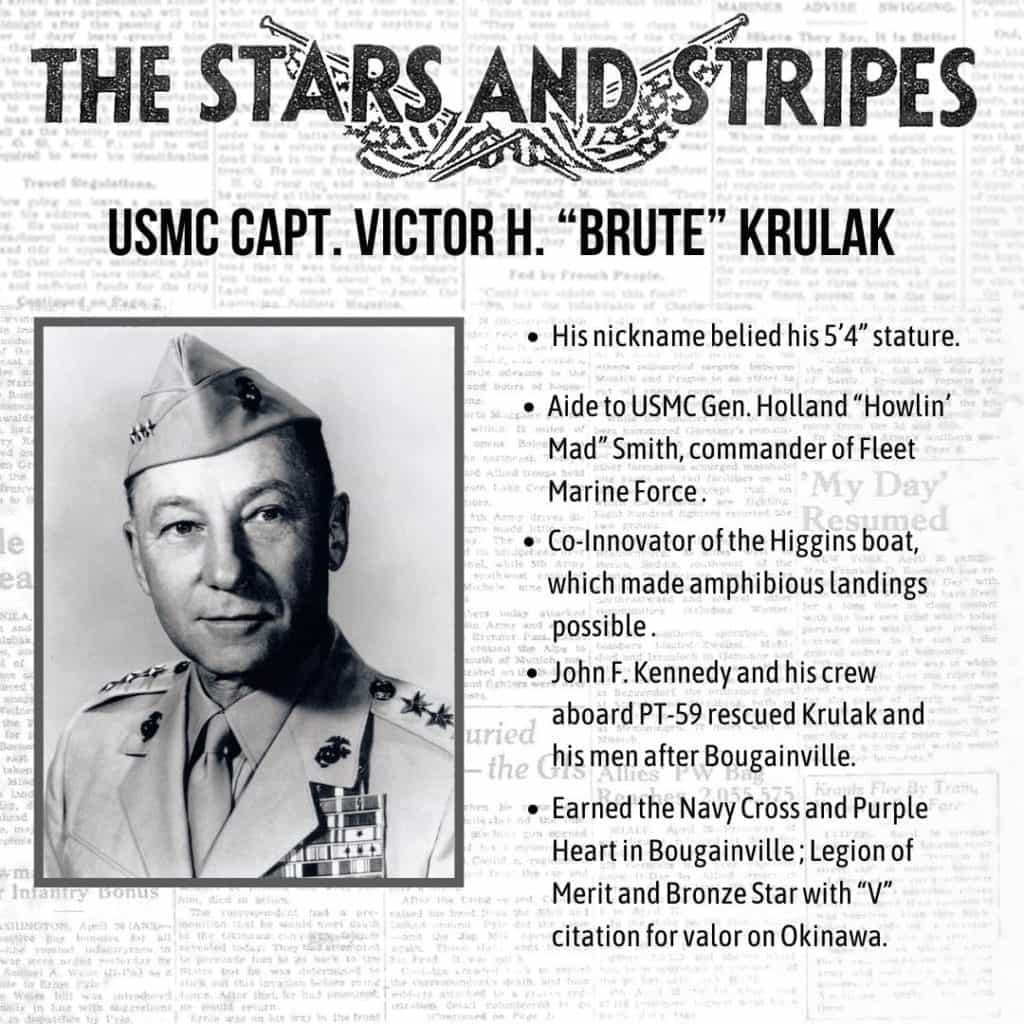Overview
Although throughout its history, America has been slow to pick up the sword and do away with intolerant regimes, like during World War I and World War II, it nonetheless, often has done an excellent job of destroying totalitarian regimes once it enters the conflict and bringing justice to the innocent once the swords are pounded into plowshares. We were instrumental during World War II of destroying two of the biggest mass-murdering countries known to mankind; namely, Nazi Germany and Imperial Japan. Hitler murdered 11.7 million with his extermination policies, six million of them being Jews. On the other side of the world, General Tojo and Emperor Hirohito slaughtered 22 million in trying to establish their misnamed Greater East Asian Co-Prosperity Sphere, with the majority of the dead being Chinese. In remembering these horrible events and the fact that the United States was one of the main nations to bring an end to them, we must take note that this week is the international commemoration for remembering the Holocaust called Yom HaShoah.
In learning about this event, hopefully people become aware of how important it is to study history and learn from the past. As we begin remembering the victims of the Holocaust for Yom HaShoah, I’m reminded of the poignant irony of renowned Marine Corps leader, Lieutenant General Victor H. Krulak, a man who was instrumental in the Pacific War, and, who like many other American servicemen, was unable to save his Jewish relatives in Europe from the ravages of Hitler. And yet the amphibious landing craft he co-developed, the Higgins boat, became the technology that helped defeat Nazi Germany and Imperial Japan.
Enlistment
Krulak was raised Jewish, but before he entered the Naval Academy, he converted to Christianity. After he graduated, he was assigned as an intelligent officer in China and witnessed the Second Sino-Japanese War that erupted in China in July 1937. While documenting Japanese infantry tactics, he witnessed how the Imperial Japanese Army used boats with front ramps to conduct amphibious attacks throughout the rivers of China. He wrote up reports and sent them back to his superiors in American. When he returned to the United States, he joined the staff under the father of amphibious warfare, Major General Holland M. “Howlin Mad” Smith. Along with Smith’s chief-of-staff, Colonel Graves B. Erskine, Krulak helped develop the technology that went into making the Higgins boat one of the most efficient ship-to-shore vessels in the history of warfare enabling the United States to bring millions of men and their supplies to the shores of Hitler’s Empire, especially in North Africa in 1943 and at Normandy in June 1944, and the Emperor of the Sun, especially at the islands of Iwo Jima and Okinawa in February and April of 1945. America would build 23,358 Higgins boats and they carried the bulk of the burden for successful amphibious operations around the globe. Lieutenant General Smith stated the Higgins boat “contributed more to our common victory than any other” piece of equipment. General of the Army Dwight D. Eisenhower echoed Smith saying the boat “won the war for us.”
Alligators
Moreover, Krulak was also instrumental in developing amtracs as well. These landing crafts, called “alligators,” were floating tanks or heavily armoured treaded vehicles that could land on beaches and drive inland after being dropped into the sea via a ship off shore. Over 18,000 of these crafts were made during World War II.
These two “boats,” the Higgins boats and amtracs, carried the bulk of the burden for amphibious warfare. You could not have one without the other when conducting landings because amtracs protected Higgins boats, and Higgins boats brought the riflemen necessary to provide amtracs the support they needed once full ground combat commenced (which, when hitting an enemy beach, happened almost immediately).
Legacy
So, one could argue, Krulak had one of the most important roles during World War II in helping develop Higgins boats and amtracs that destroyed Hitler even though he could not stop Hitler from killing his paternal grandparents in one of his extermination camps. In remembering Yom HaShoah, we need to remember that it was an American, Jewish kid, Victor H. Krulak, who helped, along with millions of other American boys and girls, bring down the Empires of Fascist Germany and Japan. One person can make a difference. When we say “never again,” we should always support a military that is able and willing to stop genocides, like we did during World War II, like we did in Rwanda, like we did in Bosnia and like we have done recently with the Yazidis in Iraq. However, all these events also show we were often late to the show. Let us hopefully make a stronger military for the future so that the next time we intervene in a conflict where there are crimes against humanity happening, a future American Krulak will not only be able to help defeat the enemy, but also will be able to see his grandparents again too because America got there in time. In thinking about Yom HaShoah, we might be ever mindful that genocide will always be around and we are foolish to say “Never Again” when it continues to happen. Of course, our hope should be “Never Again,” but we need to always prepare ourselves, our Marine Corps, our Armed Forces and our nation for it to happen often and with extreme cruelty—if nothing else, that is what Yom HaShoah really should teach all of us.
